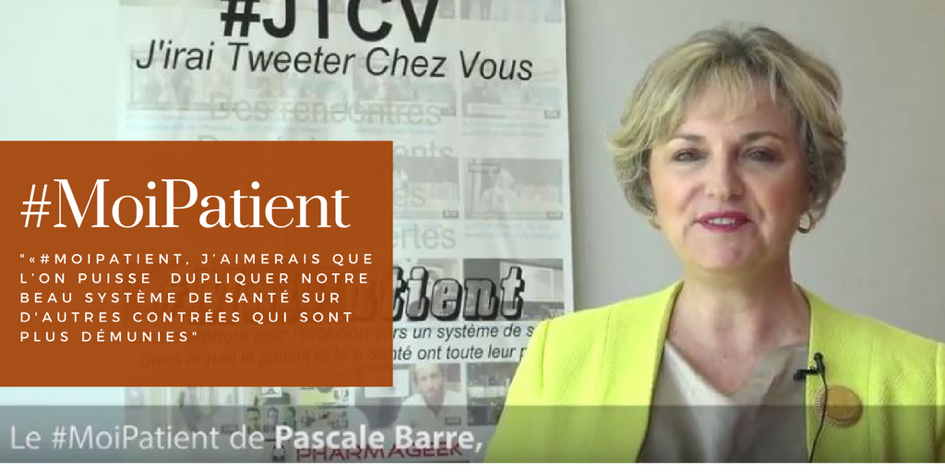How to make wearables stick: Use them to change human behavior #hcsmeu #quantifiedself
04/03/2014Indicateur de la satisfaction des patients hospitalisés – Ministère des Affaires sociales et de la Santé
05/03/2014Pharma, patients and social media. What’s the story?
Over the last 12 months, many people – myself included – have spoken about the ways in which the pharmaceutical marketplace is really beginning to embrace the digital revolution; mobile technology, social media…the list of tactics goes on and on. But in contrast, the study ‘Engaging Patients through Social Media’, published in January 2014 by the IMS Institute for Healthcare Informatics, has suggested that pharma is not as comfortable with digital techniques as we might think. You can request a copy of the report here.
‘Engaging Patients through Social Media’: the findings
The report begins with an assessment of the changing role of the ‘engaged’ patient and the impact of digital in healthcare. The report then goes on to discuss the level of social engagement achieved with the top three most popular social media channels – Facebook, Twitter and You Tube – by the top 50 pharmaceutical companies; each company’s performance has been ranked in terms of reach, relevance and relationships.
Researchers found that half of the top 50 pharmaceutical companies do not engage with consumers or patients on social media about healthcare-themed topics.
Johnson & Johnson ranked 1st in reach, relevance and relationships indices; in the IMS Health Social Media Engagement Index – an amalgamation of all 3 indicies – Johnson & Johnson came out on top again with a score of 70. Overall, J&J’s closest competitor is GlaxoSmithKline, in second place with a score of 25. In tenth place is UCB, scoring 9.
How can pharma move forwards with social media?
The IMS concludes that ‘in general, the industry needs to become less risk averse to new engagements with stakeholders to remain relevant in the overall healthcare discussion.’ Responding to online interactions and managing the large volumes of data that social media generates are two key challenges; the report recommends that pharma seeks support from outsourced tools that help companies monitor and respond to social media.
Early movers are testing the social waters with the trial and error approach, but to be successful, pharma companies must also recognise that social media is unpredictable and mistakes are inevitable; pharma companies must have a robust contingency plan in place for response during times when plans go awry.
What do you think?
Ultimately, patients are using social media and digital channels to become more informed about their health and to help them manage illness; Eyeforpharma reports that globally, 83% of people are using online resources to find information about chronic illnesses. How do you think pharma should adapt? What’s pharma doing well, and not so well, when it comes to social media.
See on www.starmedical.co.uk




